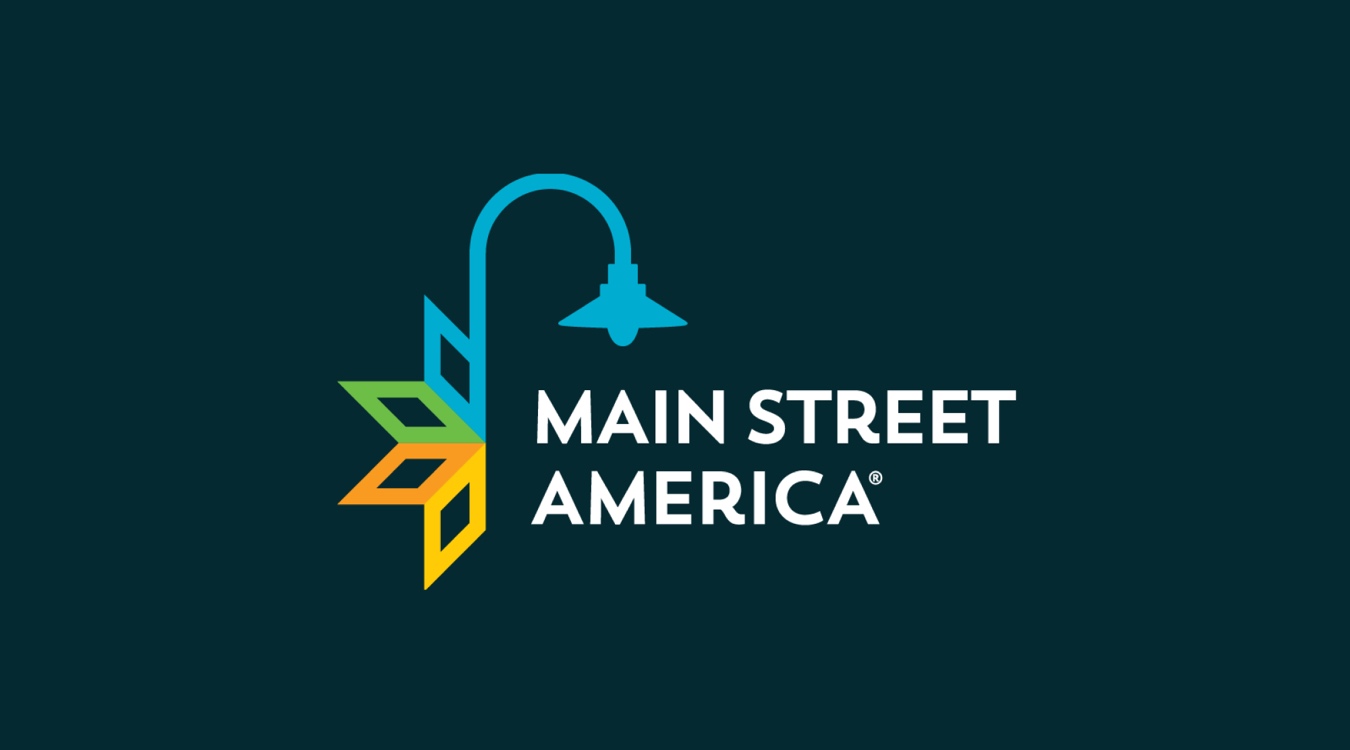We learned through the 2024 Trends Survey that three-fourths of local Main Street leaders were born into either Generation X (44%) or the Millennial generation (31%), and that seven percent of local leaders are LGBTQIA+. Three percent of respondents indicated they have a disability, two percent said they are an immigrant, and two percent indicated that they are a veteran.
Turning to local leaders’ experience, more than half of respondents (52%) have been involved with Main Street as an employee, volunteer, board member, or another similar role for at least five years, and more than a quarter of respondents (28%) have been involved with Main Street for more than ten years. Meanwhile, 18 percent of respondents are still new to this work and have been involved with Main Street for one year or less.
We introduced a new pair of questions to this year’s Trends Survey, focused on local leaders’ professional backgrounds and previous jobs prior to joining Main Street. Asked about their primary professional background and training, former small business owners/entrepreneurs (16%), community development practitioners (15%), community organizers (12%), and economic development officials (11%) responded, but the most often selected option was “something else” (35%). Those individuals specified a variety of backgrounds: Marketing (17% of all write-ins), communications (7%), arts (4%), nonprofit management (4%), and business administration (4%) were the most common specific entries.
Studying the previous jobs of local Main Street leaders revealed that ten percent of all respondents were previously a small business owner. Nine percent worked in education — either as teachers or professors, or as staff at a school, college, or university. Four percent previously worked at a chamber of commerce. We also heard from former stay-at-home parents, writers and journalists, nurses, farmers, bartenders, engineers, opera singers, and electricians, to name a few.
























































































































































